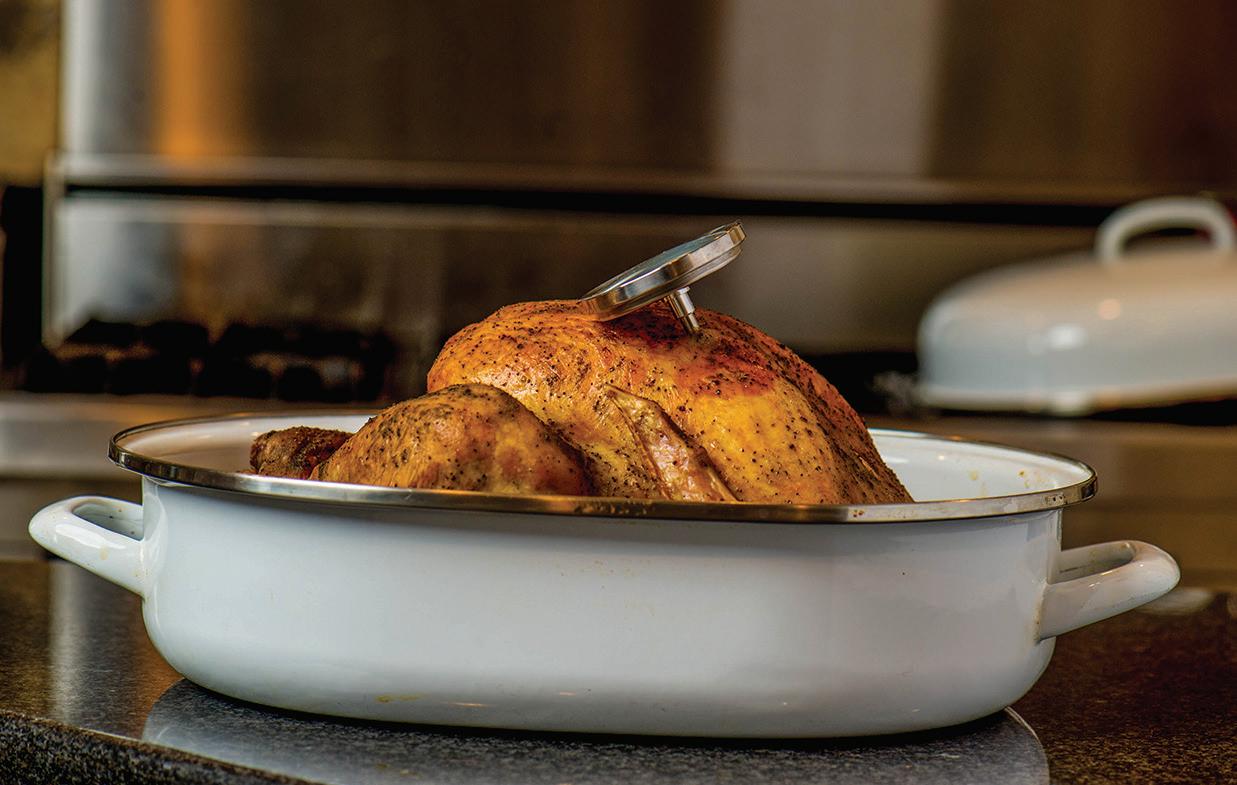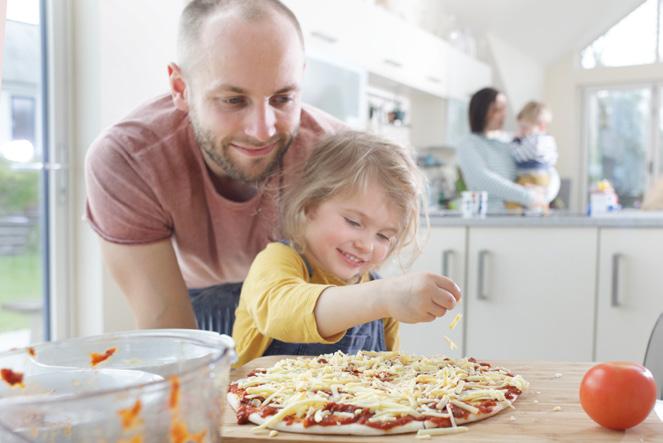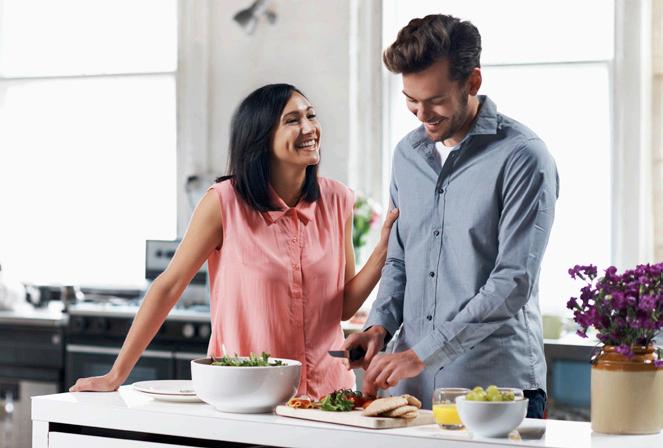
2 minute read
How to safely prepare food at home


The COVID-19 pandemic taught the world many things and reinforced some lessons learned long ago, including how something invisible to the naked eye has the potential to make people extremely ill. That lesson is applicable in many different situations, including food preparation.
Though it did not garner many headlines, the Centers for Disease Control and Prevention notes that an E. coli outbreak between June 2020 and October 2020 infected 40 people in 19 states. Twenty of those affected were hospitalized, and four developed a type of kidney failure. E. coli outbreaks are often linked to contaminated leafy greens like spinach.
But E. coli is not the only danger lurking in kitchens. Proper food handling and safety measures are necessary to prevent foodborne illnesses such as E. coli and salmonella. The CDC and the United States Department of Agriculture’s Food Safety and Inspection Service breaks food safety down to four key practices: clean, separate, cook, and chill.
Clean
Contaminants that lead to food poisoning can be found on foods as well as surfaces around the kitchen. It’s essential to wash hands with soap and water before, during and after preparing foods, as well as before eating. In addition, wash countertops with hot, soapy water before and after food preparation, and clean all utensils and cutting boards. Fresh fruits and vegetables should be rinsed under running water to dislodge dirt and remove potential pathogens. the same cutting boards and utensils for raw meat, poultry, seafood, eggs, and ready-to-eat foods. Keep raw meats away from other foods when grocery shopping so juices do not inadvertently get on items. All perishable foods should be refrigerated, and those with potential pathogens should be separated from other foods in the refrigerator. For example, don’t stack a package of chicken on top of the cucumbers you’re planning on using for a raw salad.
Cook
The right internal temperature helps to reduce risk of illness. Bacteria grows most rapidly between 40 F and 140 F, doubling in number in as little as 20 minutes, says the USDA. This temperature range is called the “Danger Zone.” Do not defrost foods on the counter where they can slide into the danger zone. Also, all raw beef, pork, lamb, veal, seafood, and poultry should be cooked to safe minimum internal temperatures. Generally these range from 145 F to 165 F, depending on the type of food and the cut. Use a food thermometer and a temperature safety chart to determine desired doneness.
Chill
Even after foods have been cooked, bacteria can be reintroduced and reproduce. Place leftovers in shallow containers for quick cooling and put them in the refrigerator or freezer within two hours — or within one hour if the house is hot or foods have been outdoors. The refrigerator should maintain a temperature of 40 F or lower and freezers at least 0 F.
These guidelines are just the tip of the iceberg. Learn more about safe food handling at www.nutrition.gov/topics/food-safety/ safe-food-preparation.
Separate
The risk for cross-contamination in the kitchen is significant. Never use 10
Your Next Home • August 2021







